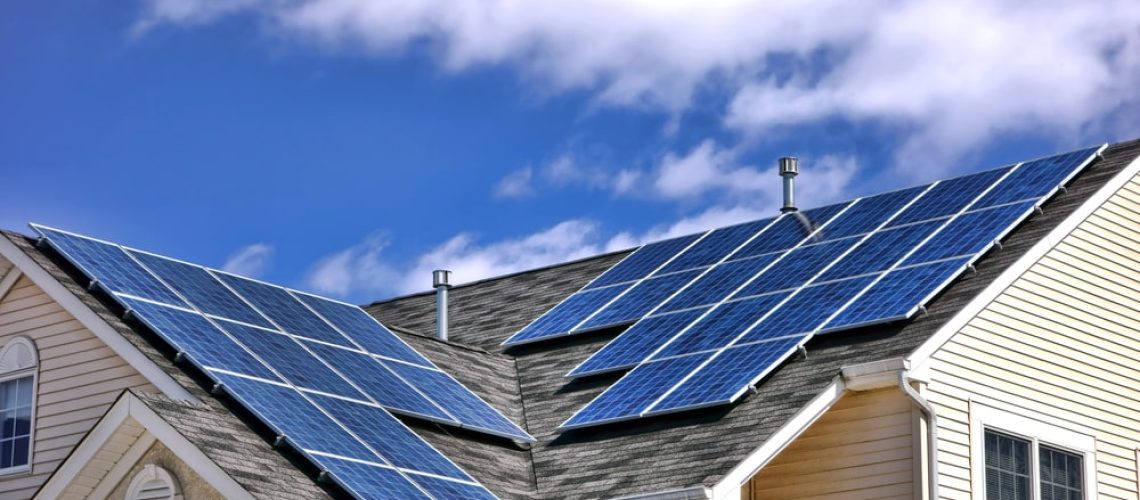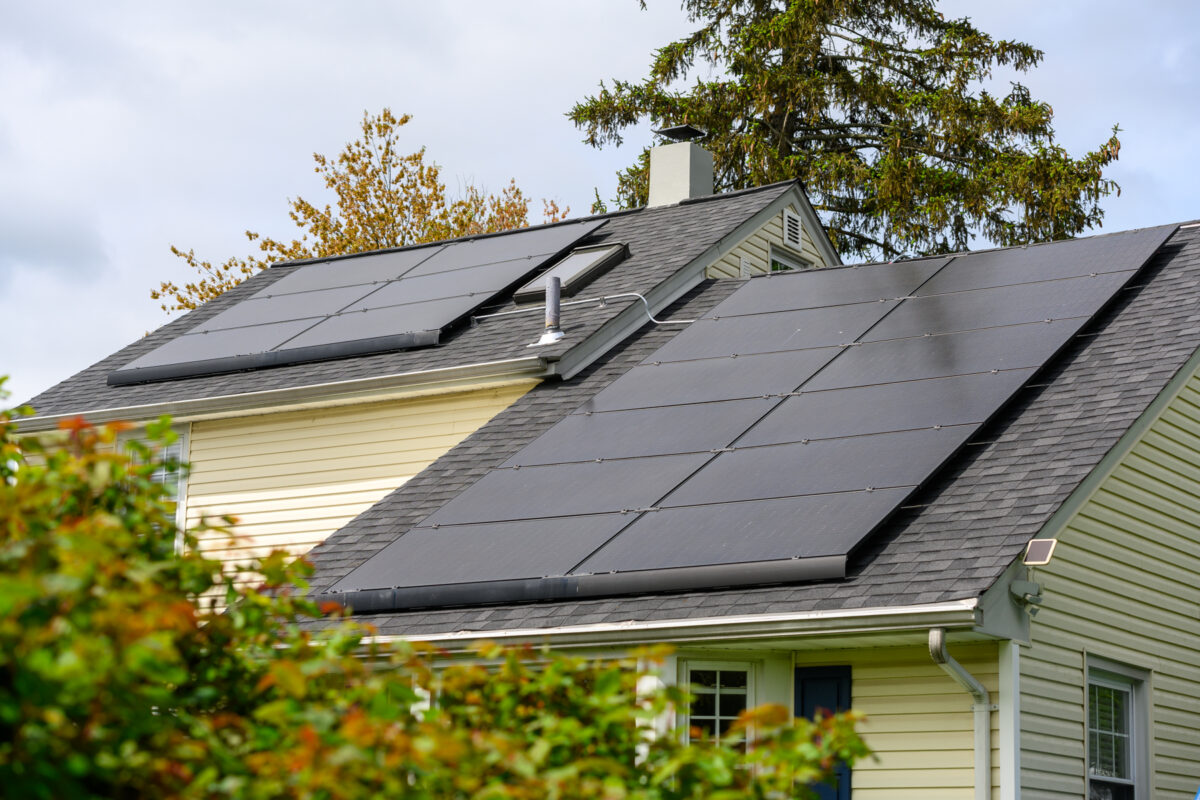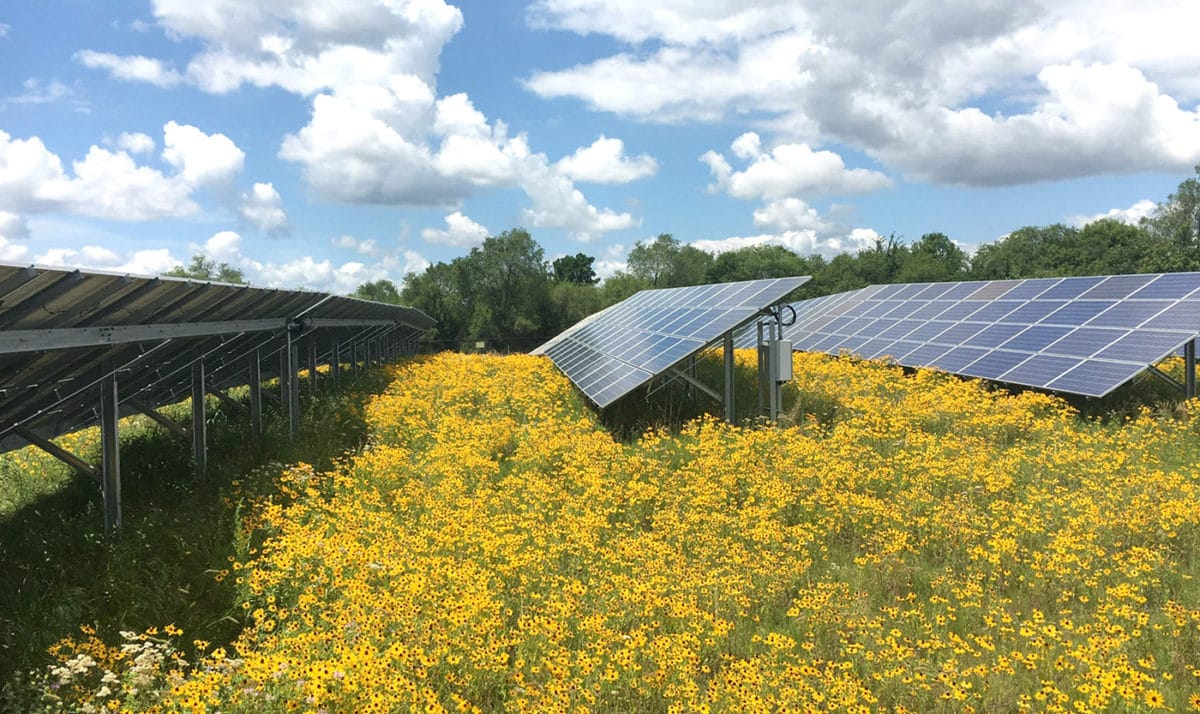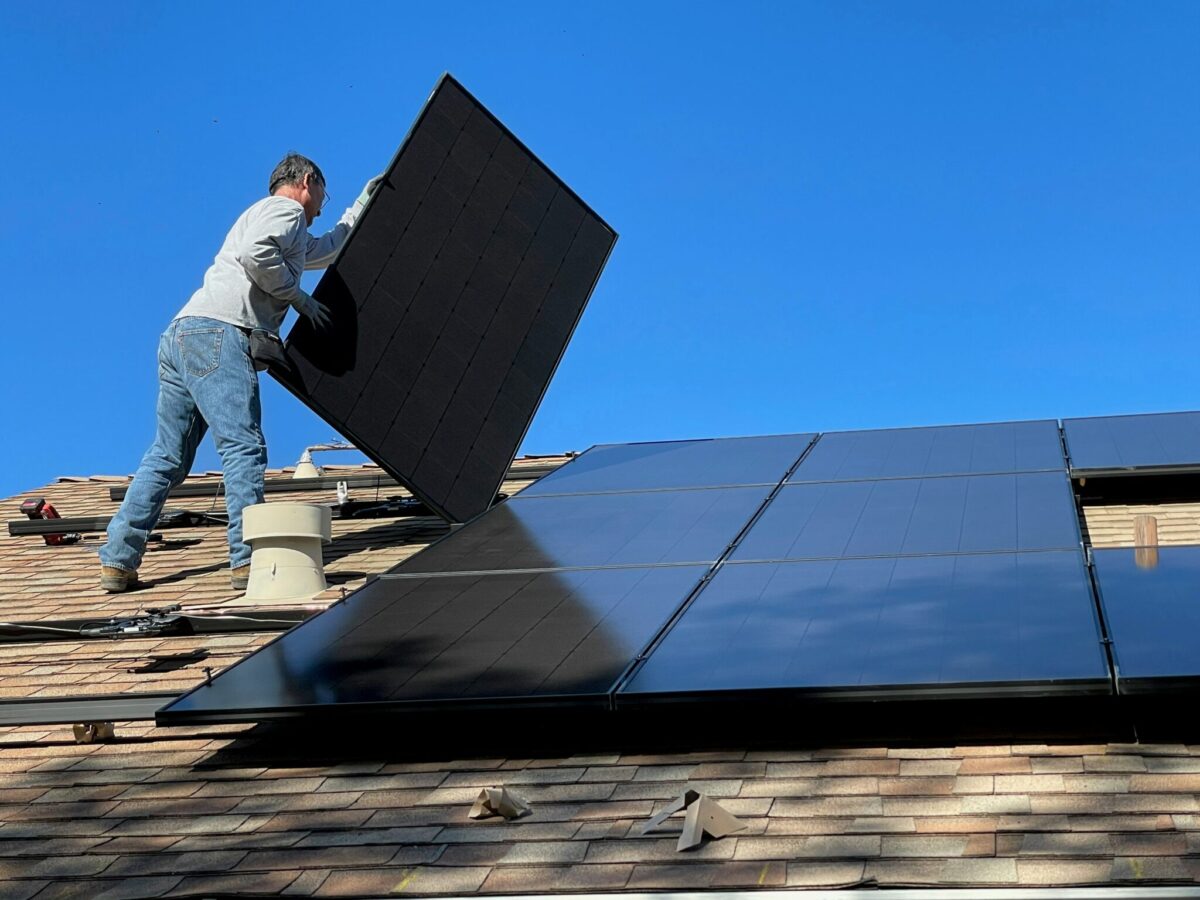In this week’s look at virtual power plants, Jigar Shah explains the potential of virtual power plants to further energy affordability – from participation in demand flexibility programs to the more efficient use of grid infrastructure and the deployment of ever cheaper renewable resources VPPs can enable.
June 6, 2022
It’s not just the cost of gasoline soaring recently, but electricity prices, too. Rising energy costs put a burden on all American households and businesses, but none more than Americans with low or fixed incomes. Spending on energy comprises 3.1% of the average US household’s income, but for low-income households, its 8.1%. More striking still, 40% of low-income households spend more than a tenth of their incomes on home energy.
A big reason for rising electricity costs is that fossil fuels are still responsible for most electricity generation in the United States, and the price of fossil fuels is inherently volatile. Their affordability may well rebound in the future, but our fossil resources are relied on internationally, and the global commodity market, as we’re seeing now, can fluctuate dramatically and unexpectedly.
When prices go up, there are generally only three things that can be done: reduce the cost of the fossil fuel, find alternatives to that fossil fuel, or use the fossil fuel more efficiently. Just look at the successes of wholesale market competition and ENERGYSTAR, for example – both have been important contributors to the United States’ ability to produce affordable energy for these respective reasons. One of the things that excites me most about virtual power plants (VPP) is their ability to bridge this affordability gap from both sides at once.
Zero-marginal cost energy
Lucky for us, the price of renewable energy is less volatile than fossil fuels over time thanks to zero-cost inputs; we do not pay for sunshine and wind. Even with rising costs, the average levelized cost of energy for renewable projects across the United States has begun to compete aggressively with new combined cycle technology projects, even putting tax credits aside.
Renewable energy itself is not a silver bullet. Solar, wind and hydropower are resource-constrained technologies, meaning generating capacity isn’t available on demand. But this is also why VPPs are so important to the deeper integration of renewable resources: they offer operators an effective way to pair variable distributed energy resources with dispatchable assets, whether they be traditional peaker plants or the emerging option of mid- to long-duration energy storage. The result is a reliable, clean, and affordable aggregation of power supply.
However, for VPPs to drive down electricity bills, we also must address system integration – not in the sense of how we use power, but when we use it.
Savings flexibility
We’ve come miles in terms of the efficiency of our buildings, but we have yet to fully consider our patterns of use. Energy end-use is at least somewhat predictable because most people follow daily patterns: washers, dryers, ovens, HVAC, and other usual suspects come to life around the same times each day, often in the evening. These daily peaks, as well as seasonal peaks, are when electricity is most expensive, hence when demand flexibility can save consumers the most money. But don’t just take my word for it: active VPP participants are saving hundreds of dollars a year. VPPs’ benefit to energy affordability is equitable too, with a growing number of VPP companies and programs demonstrating significant adoption by low to middle income households.
Additionally, the costs of building new transmission and distribution infrastructure are borne by ratepayers. This spend is increasing as a portion of the average US electricity bill as utilities overbuild this infrastructure to handle peak loads – meaning that the average utilization of the grid is going down every year. Utility spending for electricity delivery increased 65% over the past decade and now represents nearly half of the all-in costs of electricity supply. VPPs, and DERs in general, can further drive savings by deferring further investment in system infrastructure by spreading out electricity demand that will only increase as we electrify the nation’s economy.
The energy savings from being part of a VPP come from these opportunities: in the short term from shifting intraday power usage; in the midterm from enabling grid integration of increasingly affordable renewables; and in the long-term from the deferral of infrastructure investment. The size of savings of course depends on measuring unused power against a baseline, and the method by which responsive demand can be activated ranges from automatic to discretionary. How VPPs are dispatched will be critical to their widespread adoption and one I’ll begin to explore in my next VPPiece on the role of software.
VPPs offer deeper integration of renewables and demand flexibility, and deeper integration of renewables and demand flexibility offer all Americans more affordable power. What’s more, its affordability that’s as reliable as your daily routine.
In last week’s VPPiece on the opportunities in virtual power plants, Jigar Shah discussed how VPPs can help achieve a zero-carbon electric grid.
Jigar Shah is the director of the US Department of Energy Loan Programs Office.






